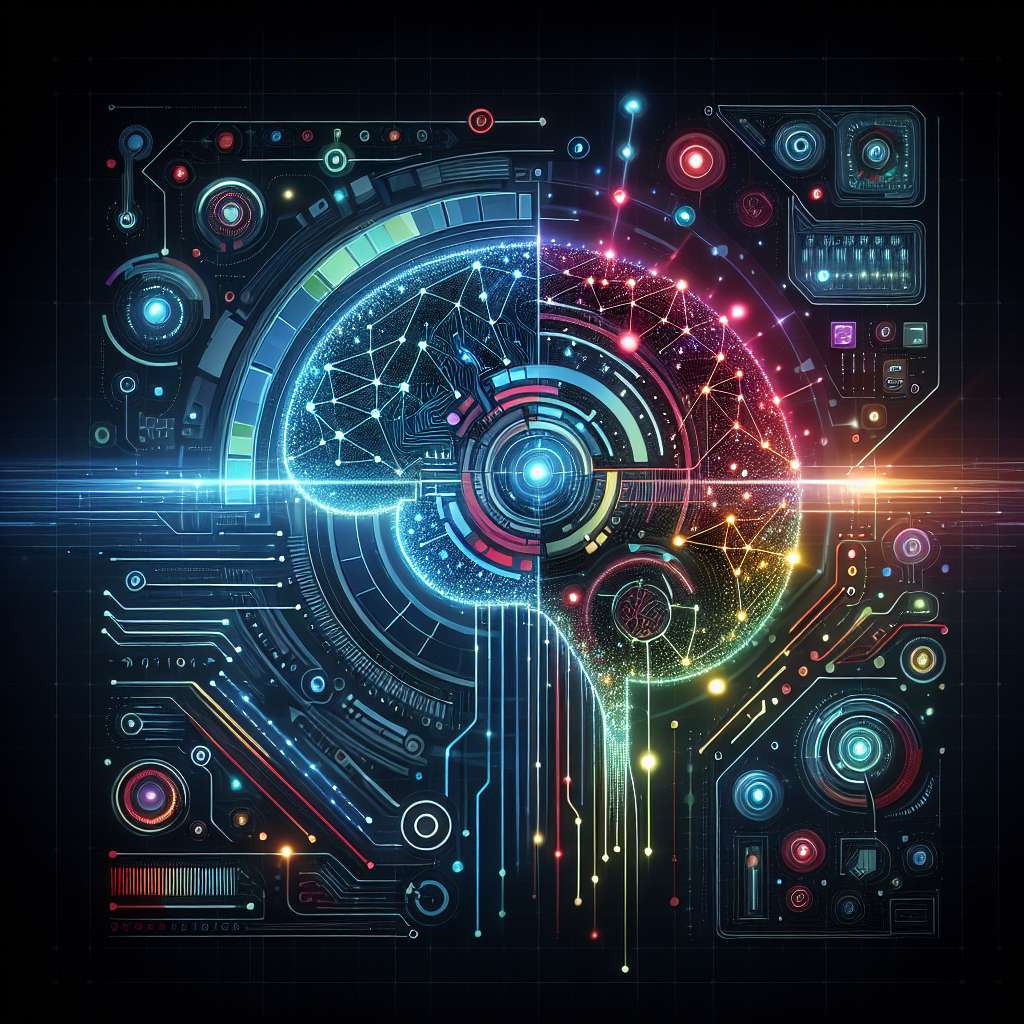The Impact of AI on Game User Interface Design Patterns
Introduction
In recent years, the gaming industry has witnessed a significant shift towards the integration of artificial intelligence (AI) technologies in game development. One area where AI has had a profound impact is in the design of game user interfaces (UI). Game UI design patterns are crucial for creating an engaging and intuitive gaming experience for players. With the help of AI, game developers can now create more dynamic and personalized UIs that adapt to the player’s behavior and preferences. In this article, we will explore the impact of AI on game UI design patterns and how it is shaping the future of game development.
AI-Powered Personalization
One of the key benefits of using AI in game UI design is the ability to personalize the gaming experience for each player. AI algorithms can analyze player data in real-time, such as gameplay patterns, preferences, and skill level, to tailor the UI to suit their individual needs. For example, AI can adjust the difficulty level of the game, suggest relevant in-game tips or tutorials, and recommend personalized game modes based on the player’s performance.
AI-powered personalization can also enhance the overall user experience by providing players with more relevant and engaging content. By analyzing player behavior and preferences, AI can recommend in-game purchases, rewards, and challenges that are tailored to each player’s interests. This level of personalization not only increases player engagement but also helps game developers to monetize their games more effectively.
Dynamic UI Adaptation
Another important aspect of AI in game UI design is its ability to create dynamic and adaptive interfaces that respond to changes in the game environment or player behavior. AI algorithms can monitor gameplay data in real-time and make adjustments to the UI layout, color schemes, button placements, and other elements to ensure a seamless and intuitive user experience.
For example, AI can detect when a player is struggling with a particular level or challenge and dynamically adjust the UI to provide additional help or guidance. AI can also optimize the UI based on the player’s device capabilities, screen size, and input preferences, ensuring that the game is accessible and enjoyable on any platform.
Furthermore, AI can help game developers to test and iterate on different UI design patterns more efficiently. By analyzing player feedback and behavior data, AI can identify which UI elements are most effective at engaging players and driving desired outcomes. This iterative approach to UI design allows developers to create more intuitive and user-friendly interfaces that enhance the overall gaming experience.
Challenges and Limitations
While AI has the potential to revolutionize game UI design, there are also challenges and limitations that developers need to consider. One of the main challenges is the complexity of implementing AI algorithms in game development. AI technologies require specialized skills and resources, which may be beyond the capabilities of smaller indie game studios or individual developers.
Another challenge is the ethical implications of using AI in game UI design. AI algorithms can gather and analyze large amounts of player data, raising concerns about privacy and data security. Game developers need to ensure that they are transparent about how AI is being used in their games and take appropriate measures to protect player data.
Furthermore, AI-powered UI design is not a one-size-fits-all solution. Different games and player demographics may require different AI algorithms and design patterns to create an engaging and intuitive user experience. Game developers need to carefully consider the specific needs and preferences of their target audience when implementing AI in their UI design.
FAQs
Q: How can AI enhance the personalization of game UI design?
A: AI algorithms can analyze player data in real-time to tailor the UI to suit each player’s individual needs. This includes adjusting the difficulty level, suggesting relevant in-game tips, recommending personalized game modes, and more.
Q: What are some examples of dynamic UI adaptation in games?
A: AI can dynamically adjust the UI layout, color schemes, button placements, and other elements to respond to changes in the game environment or player behavior. For example, AI can provide additional help or guidance when a player is struggling with a level, optimize the UI based on device capabilities, screen size, and input preferences, and more.
Q: What are some challenges of implementing AI in game UI design?
A: Challenges include the complexity of implementing AI algorithms, ethical implications related to player data privacy and security, and the need to tailor AI algorithms and design patterns to the specific needs and preferences of the target audience.
Conclusion
In conclusion, AI is having a significant impact on game UI design patterns by enabling personalized experiences, dynamic adaptation, and iterative design processes. By harnessing the power of AI technologies, game developers can create more engaging, intuitive, and user-friendly interfaces that enhance the overall gaming experience for players. While there are challenges and limitations to consider, the potential benefits of AI in game UI design are vast, and we can expect to see even more innovative and immersive gaming experiences in the future.

